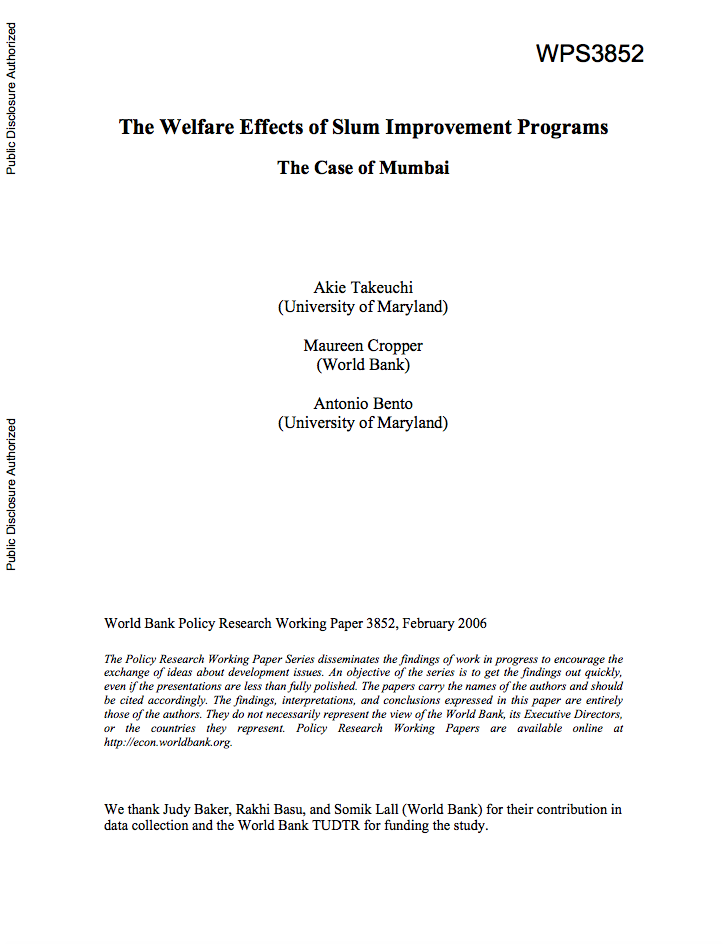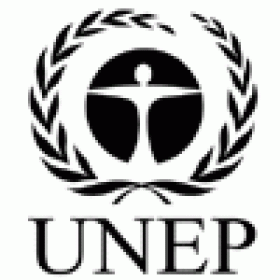
Proportion of urban population living in slums, informal settlements or inadequate housing
Last updated on 1 February 2022
This indicator is currently classified as Tier I. The United Nations Human Settlements Programme (UN-Habitat) is the Custodian agency for this indicator.
Unit of measure: The indicator is unitless, expressing a ratio between the number of people living in households who do not meet one or more of the basic housing conditions and the total population (%), Ratio between the number of households with net monthly expenditure on housing exceeding 30% of the total monthly income and the total population (%), Ratio between the number of households with approved municipal permits and the total population (%)
Why is this indicator important?
Urbanization is one of the most significant global trends of the 21st century. Rapid urbanization without proper planning and governance mechanisms, can lead to tenure insecurity, spatial inequalities and a lack of basic service provision. Expanding slums and precarious informal settlements may increase poverty, pollution, health, and environmental risks. At the same time, displacement for urban development can lead to food insecurity, loss of community structures, and the marginalization of certain segments of the population.
It is thus essential to collect data on the proportion of the population living in slums, informal settlements or those living in inadequate housing so that appropriate policies for addressing housing issues can be developed ensuring no one is left behind.
How is the indicator measured and monitored?
According to the metadata document, people living in informal settlements or slums, do not meet one or more of the five following housing conditions: (1) access to improved water; (2) access to improved sanitation facilities; (3) sufficient-living area (not overcrowded); (4) durable housing; (5) and security of tenure. In addition, the indicator considers whether households have an approved municipal permit as well as their affordability to measure inadequate housing. Most data is derived from censuses and household surveys. In addition, UN-Habitat reports annually on related data in the MDG’s reports. In 2021, the Global Housing Indicators Working Groups suggested to coordinate the worldwide data collection on this indicator.
As of now, indicator measurement covers 320 cities as part of the UN-Habitat City Prosperity Initiative. The data is disaggregated by location, income-group, sex/ethnicity/religion/migration status (head of household), age, and disability status. Planning has already begun for regional and global disaggregation. The major limitations lie with the lack of capacities at national and city levels to assess and monitor all indicator components. Moreover, the indicator does not consider homelessness.
By Anne Hennings, peer-reviewed by Dennis Mwaniki, Spatial Data Expert at UN-Habitat’s Data and Analytics Unit.
Official indicator data
The criteria defining slums, informal settlements and inadequate housing include access to water, access to sanitation, sufficient living area, overcrowding, structural quality, durability and location, security of tenure, affordability, accessibility, and cultural adequacy. * Select "year" below to see the most recent data for more countries.
Other related indicators on the Land Portal
In addition to the official indicator data, the following indicators provide information concerning urban land administration, access to feasible and affordable formalization, and efforts to improve informal settlements.
| Indicator | Min-Max Number of years |
Countries / Obs | Min / Max Value |
|---|---|---|---|
| Formalization of urban residential housing is feasible and affordable | |||
| Individual land in urban areas is (i) recorded and (ii) mapped | |||
| Process to improve informal settlements exists | |||
| Urban Population |
Household Savings and Residential Mobility in Informal Settlements
Strategies to help the one billion people worldwide who live in informal settlements have mainly focused on slum upgrading, sites and services programs, and tenure security. In contrast, there has been less attention on what enables slum dwellers to transition into the formal housing sector, which has the dual benefits of improving service access and escaping social stigma.
Assessing Benefits of Slum Upgrading Programs in Second-Best Settings
Slum upgrading programs are being used by national and city governments in many countries to improve the welfare of households living in slum and squatter settlements. These programs typically include a combination of improvements in neighborhood infrastructure, land tenure, and building quality.
The Urban Poor in Latin America
With three quarters of its population
living in cities, Latin America is now essentially an urban
region. Higher urbanization is usually associated with a
number of positives, such as higher income, greater access
to services, and lower poverty incidence, and, Latin America
The Welfare Effects of Slum Improvement Programs : The Case of Mumbai
The authors compare the welfare effects of in situ slum upgrading programs with programs that provide slum dwellers with better housing in a new location.
Pilot Project to establish a Pro-Poor Land Information Management System (LIMS) for part of Thika Municipality
According to 2001 statistics, 924 million people, almost one third of the world’s population lived in slums. A majority of these people are in the developing countries and they account for 43% of the urban population. Slums are characterized by a dense proliferation of small, makeshift shelters built from diverse materials, degradation of the local ecosystem and by severe social problems.
Paginação
Nigeria: Minister traces rapid urbanisation to traffic congestion, slums
By: Jeremiah Bako Gyang
Date: August 7th 2016
Source: Today Nigeria
The Minister of Power Works and Housing, Babatunde Fashola, has linked the rising spate of urbanisation currently experienced in the country to traffic congestion, over-crowding ,substandard housing and slum development adding that the challenges are compounded by climate change, insecurity and poverty.
Using Technology to Plan for Africa’s Urban Expansion
By Sarah Logan and Mallory Baxter
African cities are rapidly expanding as the number of urban residents rises due to rural-urban migration and population growth. Ad hoc urban expansion contributes to an increase in unplanned settlements, urban poverty and inequality, and constraints on new residents, who are attempting to secure access to adequate housing, property rights, employment, and basic services.
Paginação
![]()

By 2030, ensure access for all to adequate, safe and affordable housing and basic services and upgrade slums
Indicator details
The Indicator is conceptually clear, has an internationally established and available methodology and standards, and that data is regularly produced by countries for at least 50 per cent of countries and of the population in every region where the indicator is relevant.
Key dates:










